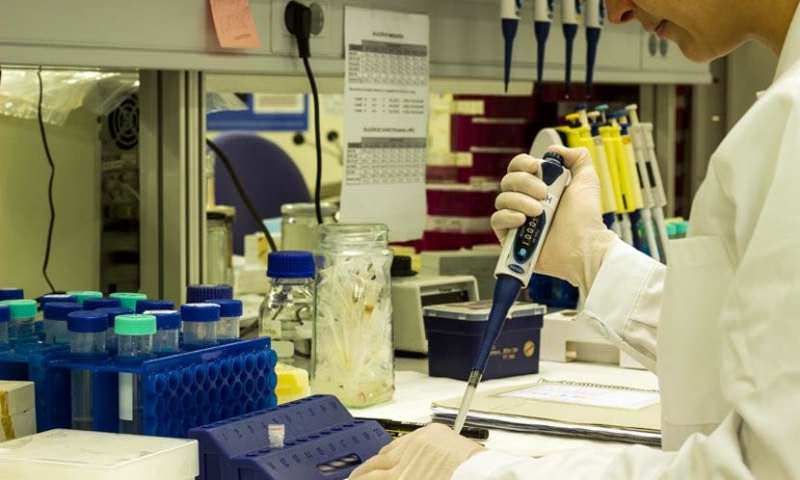Protozoa Detected in Waste Water Even After Treatment
Published on by Water Network Research, Official research team of The Water Network in Academic
A study carried out by the Water Chemistry and Microbiology group of the Universitat Politècnica de València shows that pathogenic protozoa Cryptosporidium and Giardia are present in the sludge generated by wastewater treatment plants (WWTPs) even after being treated, with negative public health consequences as a result.

Credit: Asociación RUVID
This is the main finding of the article "Prevalence of Cryptosporidium oocysts and Giardia cysts in raw and treated sewage sludge", published in the Environmental Technology scientific journal and which was completed by Inmaculada Amorós, Yolanda Moreno, Mariela Reyes, Laura Moreno and José Luis Alonso.
The aim of the study is to establish the levels of these microorganisms after each stabilisation treatment, in the raw and treated sludge of five WWTPs (located in the East of Spain and serving towns of between 20,000 and 200,000 residents) and a composting plant.
"Treated WWTP sludge is typically used in farming as a fertiliser and a soil quality contributor, so it is paramount to understand the wide range of pathogenic microorganisms that are found in sewer sludge as it affects public health," says study author Inmaculada Amorós.
Therefore, 60 samples have been evaluated in the research (30 of raw sludge and 30 which had been treated), processed in different ways and which received farming and industrial contributions. Furthermore, five samples from a composting plant that received samples from another WWTP were also analysed.
Obtained results
Results obtained show that pathogens Cryptosporidium and Giardia were present in 26 of the 30 samples (86.6%) of raw sludge. Furthermore, they were present in all (25) treated WWTP samples, while only those from the composting plant came back negative.
"The study shows that these pathogens are present in the final products of waste water sludge treated in WWTPs. Therefore, composting seems to be an interesting alternative to the traditional elimination methods, as it is the only stabilising treatment that gets rid of them," adds Inmaculada Amorós.
In this respect, she calls for more information on the presence and levels of pathogens and indicators on biosolids, to define and foresee the risks associated with treated sewer sludge.
"An evaluation of risks associated with elimination or the use of biosolids and the appropriate regulations are necessary from a public health standpoint. More research is needed to establish whether treatment options could turn sewer sludge into pathogen-free biosolids," Amorós explains.
What are Cryptosporidium and Giardia?
Cryptosporidium and Giardia are infectious protozoa which can cause gastrointestinal illnesses in animals and humans. These parasites are the most common protozoa in food and water which affects humans and a broad range of animals.
Farming activities and watering with polluted water can lead to the contamination of soil and vegetables. Uses of products derived from residual sludge are an ecologically important way to utilise nitrogen and phosphorus.
However, the use of sludge in farming, which has risen in recent years for financial and environmental reasons, facilitates the presence of Cryptosporidium and Giardia in the environment. Furthermore, it pollutes shallow water resources, drinking water and foods grown in the ground, posing a threat to human and animal health.
Media
Taxonomy
- Wastewater Disposal
- Reclaimed Wastewater
- Sewage Treatment
- Sludge Treatment
- Technology
- Wastewater Treatment
- Water Management